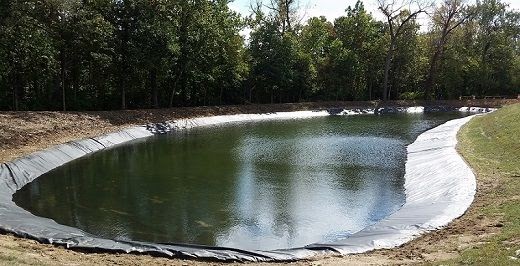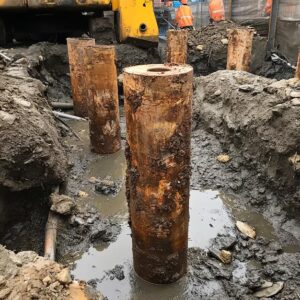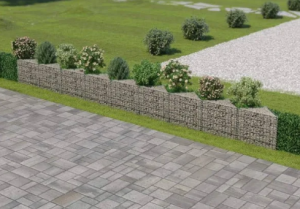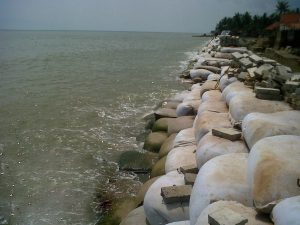Geosynthetics for Storage of Water in Agriculture

Water, the most valuable natural resource, is subject to limitless exploitation, and the threat of water scarcity is real. The agricultural sector is hugely dependent on water. Around 70% of freshwater goes into agricultural activities. Hence optimum conservation and storage of water in agriculture are of prime importance. But how? Geosynthetics are a lifesaver in the agriculture sector.
Though water is a renewable natural resource, yet it is scarce. Unmindful human activities and other natural forces are depleting the fresh water and causing a deficit. All living things need water for survival, but of the 326 million trillion gallons of water, less than 3% is freshwater. Worsening things, more than two-thirds of this is in the form of ice caps and glaciers, inconsumable.
With agriculture being the largest consumer of water, it is imperative to adapt to measures that help proper storage and utilization of water, with minimal wastage. Whether it is water conservation, wastewater containment, preventing water pollution by animal waste, or preventing evaporation, geosynthetics provide a reliable, cost-effective, and proven solution to all the problems.
Challenges for Storage of Water in Agriculture:
Storage or containment of water in concrete tanks or ponds for irrigation purposes is critical. Especially in arid and drought-hit regions, farmers need to store and preserve water in reservoirs, ponds, canals, or storage tanks to have a constant supply.
Concrete tanks and unlined ponds are not very conducive as solutions to the storage of water. The concrete and soil in ponds lead to water seepage and loss. Also, uncovered ponds and tanks lead to the evaporation of gallons of water.
Another factor is that traditional construction technology with clay liners requires long construction periods, has no guarantee of being 100% waterproof, and clay compaction is also real.
Today, geo-environmental and agriculture specialists prefer that ponds be lined and covered with floating covers to reduce water wastage through seepage and evaporation.
The solution, Ocean Geosynthetics:
Ocean Geosynthetics have a range of solutions specifically for water storage, whether agricultural or potable water. We have lining systems for ponds, dams, reservoirs, and canals and also floating covers that preserve water, maintaining the quality and level, preventing water loss through evaporation.
As pond liners, the Ocean Geosynthetics Geomembranes are impermeable and help in retaining the water. The underlay of geomembranes protects ponds, retention basins, and reservoirs from issues like penetration by sharp stones and roots of plants and weeds, discouraging loss of water through seepage into the subsurface layers.
Made of EPDM and HDPE, the pond liners are flexible and offer better resistance to UV radiation and climatic conditions. The geomembranes act as a waterproofing layer as liners. The insulated floating covers are engineered and designed to prevent loss of water and maintain water temperatures.
Irrespective of the reason, geosynthetics are the ideal solution for containment, coverage, and water storage, providing a reliable, high-performance, and cost-effective alternative to traditional compacted clay liners.
Given its operational efficiency, cost-effectiveness, and water conservation, Ocean Geosynthetics, continues to invest in innovative solutions for the agricultural sector. Our environmentally-conscious water storage solutions, including pond liners and floating covers, save valuable natural resources.
Our support team can guide you through our range of high quality geosynthetics products and materials for smart and sustainable solutions specific to your project.



